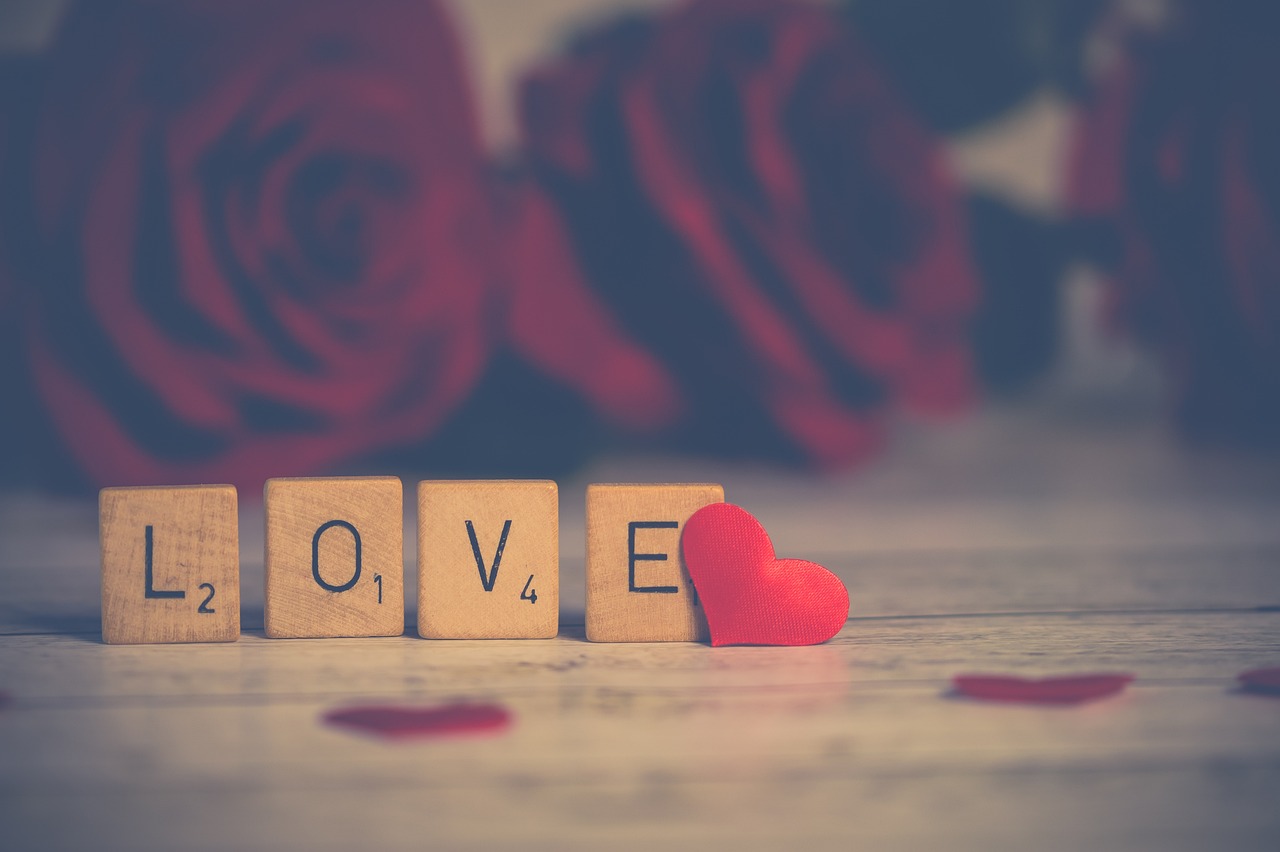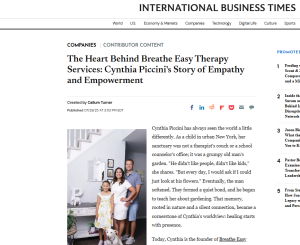Romantic love is the subject of plays, movies, songs, poems – you name it. We’ve heard all about it, but like one-hit-wonder, Haddaway sang in the 90s, “What is love?”
There are many types of love, of course. Parental love, love for a pet, sibling love, and friendly love are just a few types.
But since we’ve just celebrated Valentine’s Day, we’ll delve into romantic love.
Romantic love is “characterized by … exhilaration, “intrusive thinking” about the love object, and a craving for emotional union with this partner or potential partner,” wrote love and neuroscience researcher Helen Fisher in 1998.
In her research, Fisher found three types of love systems developed in humans over time and named them lust, attraction, and attachment (1998).
Falling under the heading of “attraction,” romantic love manifests in the brain.
Researchers Bianca et al. (2012) studied brain reactions when study participants looked at photos of their loved ones. They found that images of a loved one activated the “dopamine-rich brain regions associated with reward, motivation, and ‘wanting,” (Bianca et al., 2012). It’s worth noting that these centers were activated whether it was a romantic partner whose image was shown or a close friend or family member, although activity was increased among spouses.
While no response was noted from looking at pleasant pictures of strangers, the study showed that simply looking at a picture of a spouse increased infatuation, attachment, and satisfaction with a marriage (Bianca et al., 2012). These findings, they said, were consistent with results from early-stage romantic love studies.
Many believe that romantic love transforms over time and can take many forms.
For example, researchers Hendrick et al. (1992) identified the stages of love according to developmental stage. Hendrick et al. (1992) theorized an evolution of love where “mania” or obsession is associated with adolescents. As we age, the mania stage evolves into “Eros” or romantic love, then to “Storge” or companionate love, “Pragma” or pragmatic love, and then to “Agape” or all-giving love (p. 56).
With as many types of love as there are people in the world, it’s no wonder we take a day to celebrate, whether you’re opening up a heart box full of chocolates, smelling the sweet perfume of your gifted roses, or simply giving yourself a day of self-care. If you’re thinking about the latter, contemplate combining a walk in nature or a visit to your happy place with positive affirmations for a boost in self-esteem, and it will be worth it. Indeed, studies show that investing in your self-esteem can lead to happiness and increased initiative (Baumeister, 2003).
For more information on relationships and the services we have to offer regarding them, contact us here.
References
Baumeister, R. F., Campbell, J. D., Krueger, J. I., & Vohs, K. D. (2003). Does high self-esteem cause better performance, interpersonal success, happiness, or healthier lifestyles? Psychological science in the public interest, 4(1), 1-44.
Bianca P. Acevedo, Arthur Aron, Helen E. Fisher, Lucy L. Brown. (2012) Neural correlates of long-term intense romantic love. Social Cognitive and Affective Neuroscience. 7(2), 145–159. https://doi.org/10.1093/scan/nsq092
Fisher, H. E. (1998). Lust, attraction, and attachment in mammalian reproduction. Human nature, 9(1), 23-52.
Hendrick, S. S., & Hendrick, C. (1992). Romantic love. Sage Publications, Inc.





